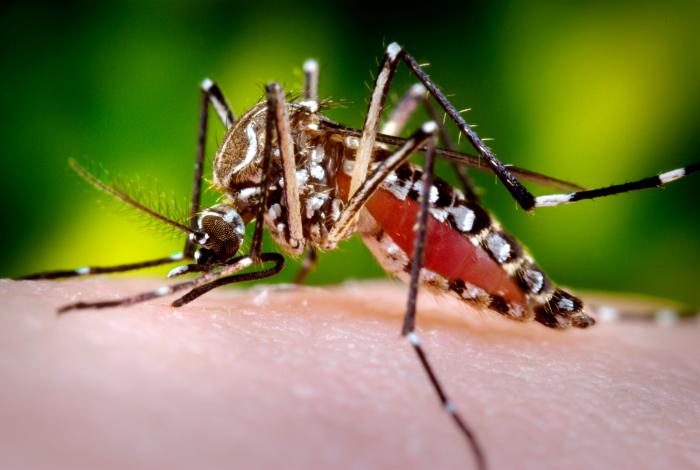Seventy years after CDC was founded to fight mosquitoes that carried malaria, CDC found itself entrenched in combat with another mosquito-borne illness, Zika virus. CDC activated its Emergency Operations Center to fight Zika on January 22, 2016, after a widespread Zika outbreak in the Americas was linked to a large increase in the number of babies born with microcephaly. As the emergency response approaches one year, CDC’s Morbidity and Mortality Weekly Report highlights 10 critical contributions towards the fight against Zika virus this year.

CDC joined the global health community to rapidly address the many emerging public health needs on the front lines against Zika. To respond effectively, new public health surveillance and infection control tools were developed that will reduce the effect of Zika virus infection on children and families and will provide a foundation for continued efforts to fight the disease. The report highlights 10 critical contributions:
- Issuing travel guidance to warn pregnant women not to travel to areas with Zika
- Publishing clinical guidance for the care of pregnant women, their fetuses, and infants
- Identifying sexual transmission of Zika virus
- Monitoring blood safety and availability
- Developing and distributing laboratory test kits and reagents
- Establishing a causal link between Zika virus infection during pregnancy and microcephaly and serious brain defects
- Gathering and analyzing Zika pregnancy surveillance data to understand the magnitude of the risk and the full range of possible health effects for fetuses and infants following infection during pregnancy
- Improving access to the full range of voluntary, reversible contraceptive methods to decrease unintended pregnancies as a strategy to reduce the impact of Zika virus infection
- Implementing mosquito control strategies and building the evidence base for best practices
- Improving understanding of the link between neurologic conditions (Guillain-Barré syndrome) and Zika virus infection
Although these contributions demonstrate significant progress this year, the fight against Zika is not over.
“Fighting Zika is the most complex epidemic response CDC has taken on, requiring expertise ranging from pregnancy and birth defects to mosquito control, from laboratory science to travel policy, from virology to communication science,” said CDC Director Tom Frieden, M.D., M.P.H. “CDC experts in every field will continue to protect women and their families from the devastating complications of this threat.”
CDC’s top priority in the Zika response is to protect pregnant women. To do that, efforts must continue to focus on preventing mosquito-borne spread of Zika virus through mosquito control and personal protective measures, collaborating to accelerate vaccine development, developing improved diagnostic testing, improving contraceptive access to reduce unintended pregnancies, and improving understanding of long-term outcomes for infants exposed to Zika virus infection during pregnancy. Zika virus remains a serious threat to public health, and focused efforts on these key priorities will help advance the fight against Zika.
CDC guidance for pregnant women and women considering pregnancy
CDC continues to recommend that pregnant women not travel to areas with Zika. If a pregnant woman travels to or lives in an area with Zika, she should talk with her healthcare provider and strictly follow steps to prevent mosquito bites and sexual transmission of Zika virus. For more information, please visit www.cdc.gov/zika/pregnancy/.
CDC continues to encourage women considering pregnancy and their partners in areas with Zika to talk to their healthcare providers about pregnancy planning so that they know the risks and the ways to reduce them.
Related:


One thought on “CDC’s battle with Zika virus: 2016 ‘Year in Review’”